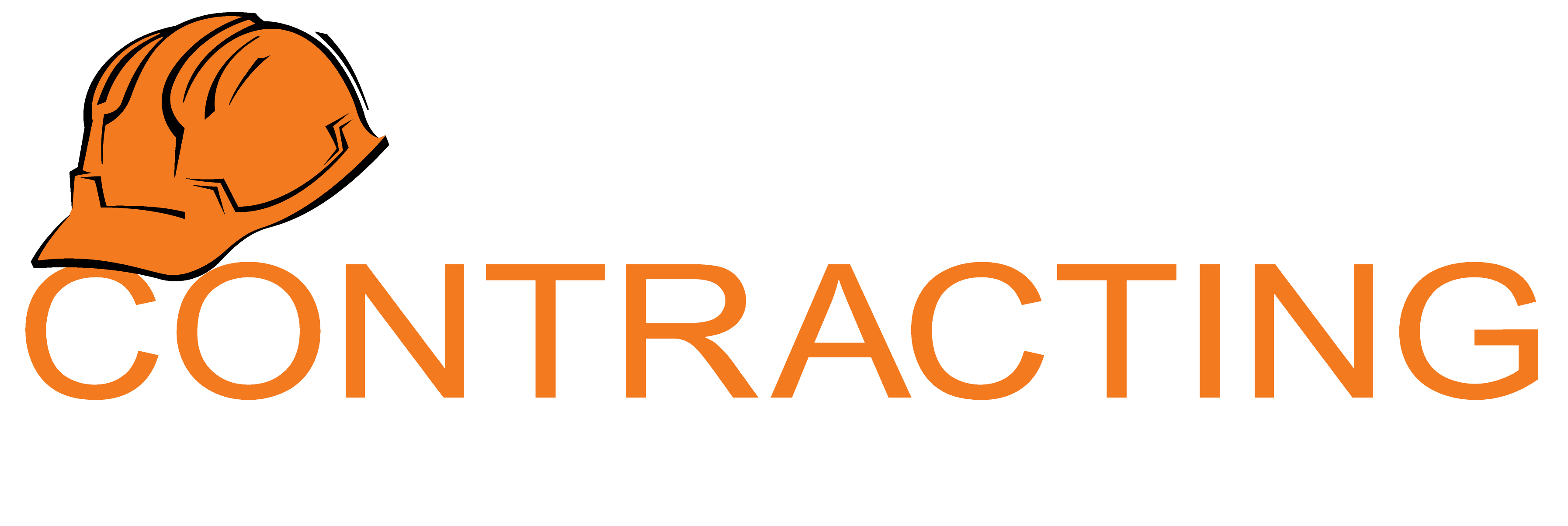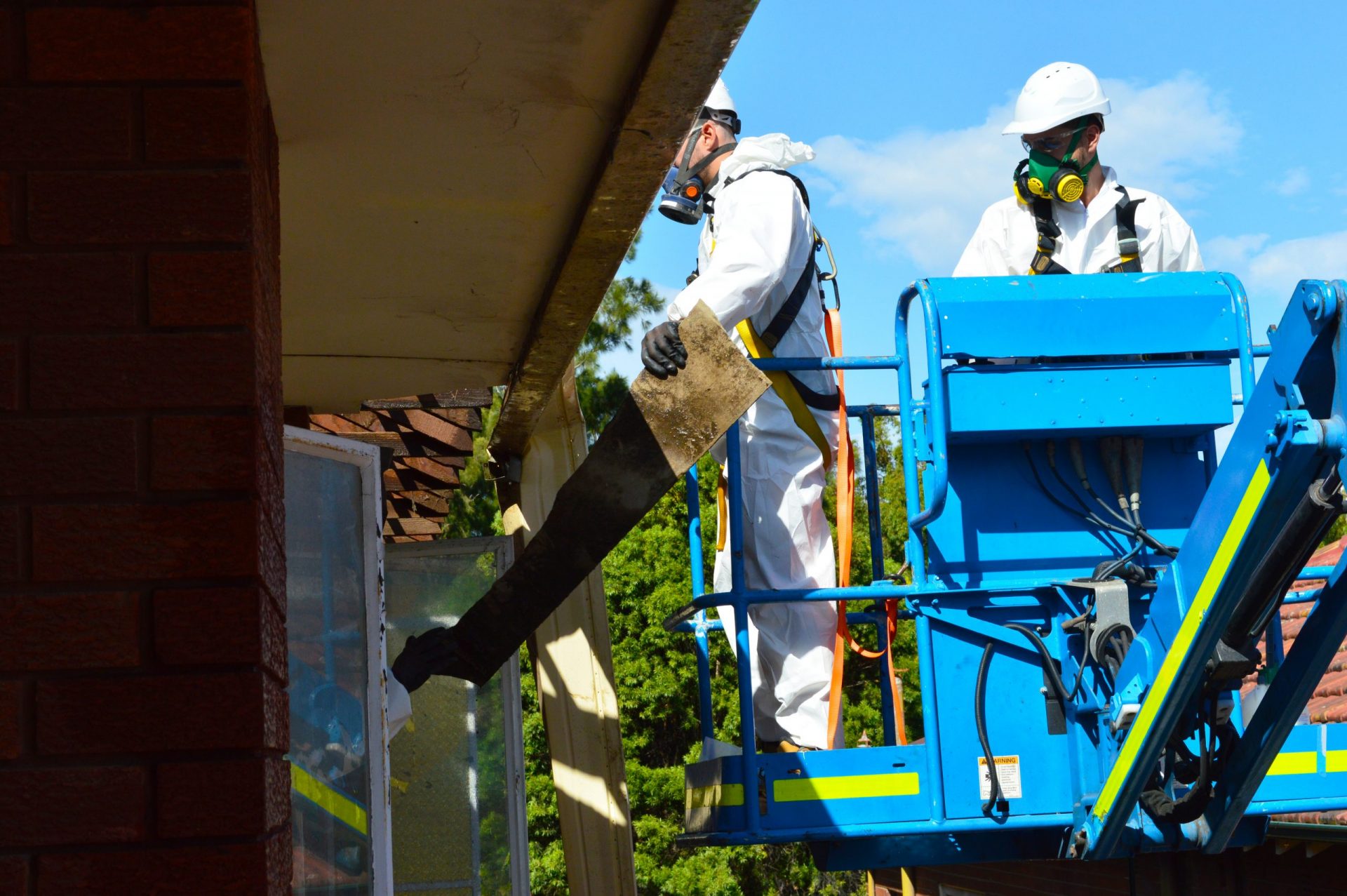By Daniel Green
You jam a pinch bar under one corner, lever the sheet off, toss it in the ute and run it down to the tip – right?
Wrong.
For a hundred years Australia’s fibre cement sheet and fibre cement board was manufactured using asbestos as a binding agent. It’s the fibre part of the name fibre cement. Only in the last twenty years has there been an asbestos free product on the market. Legal removal of asbestos and asbestos-free fibre cement sheeting varies, so identification is the first step.
Identification
Unfortunately, it’s not as straight forward as we’d all like. Some products bear manufacturing markings that identify them as asbestos products. Many do not. The age of the sheeting, time of renovation or era of construction is a good guide. It is not definite though. The only way to have absolute certainty is with the guidance of a licensed, experienced hazmat removal professional.
Removal Variables
Once your asbestos removal contractor has identified the nature of the sheeting, the removal process falls into five distinct categories:
- Regular cement sheeting – any quantity. Any asbestos-free construction product has no restrictions on the volume to be removed, the removal process or who can do the work.
- Non-friable asbestos cement sheeting – under 10m2. If the material contains non-friable asbestos and is less than 10m2 then there are no restrictions on who can do the work – as long as lawful precautions are taken.
- Non-friable asbestos cement sheeting – over 10m2. If the material contains non-friable asbestos but is more than 10m2 then you must engage a licensed, qualified non-friable asbestos removal contractor. NOTE: if the non-friable asbestos has become friable [broken down into smaller particles, crumbled, become airborne etc] then it must be removed under friable conditions.
- Friable asbestos cement sheeting – any volume. If the material contains any quantity if friable asbestos then it must be removed by a licensed, qualified friable asbestos removal contractor.
- Friable or non-friable asbestos cement sheeting in the ACT – any volume. No matter if it’s 3cm2 or 300, if it’s non-friable or friable – if you’re in the Australian Capital Territory then removal of asbestos must be done by a licensed, qualified asbestos removal contractor.
PPE
Personal Protective Equipment is the first layer of defence against health complications. There’s many pieces of equipment that you can use, depending on the situation:
- Regular cement sheeting. Long sleeved drill shirt, long pants of jeans, steel capped boots, gloves, a dust mask or respirator, safety glasses, hard hat.
- Non-friable asbestos cement sheeting. Long sleeved drill shirt, long pants of jeans, disposable asbestos removal suit with hood, steel capped boots, gloves, a half face or full face respirator, safety glasses, hard hat.
Before Beginning
To minimise danger and health risks for yourself, your crew and members of the public, there’s some good standard operating procedures that can be followed:
- Alert residents and other workers within 100m radius that you will be performing the work.
- Lay down a bed of plastic sheets so that the cement board can be immediately wrapped and sealed within.
- Move any equipment from the work area that may be reused at a later date.
- Close windows & doors and seal vents to prevent harmful dust entering buildings.
The Process
- Regular cement sheeting – any quantity.
- Gently dampen down the sheets with a hose.
- Get a co-worker to hold the first sheet.
- Using a pinch bar, lever one corner off. Then the next corner, then the next until the sheet is free.
- Gently place the sheet in the skip/ute/bin.
- Non-friable asbestos cement sheeting – under 10m2.
- Check that you have your asbestos removal methodology in place.
- Gently dampen down the sheets with a hose.
- Get a co-worker to hold the first sheet.
- Using a pinch bar but without breaking the sheet, lever one corner off. Then the next corner, then the next until the sheet is free.
- Gently place the sheet in a dedicated skip/ute/bin.
- Repeat until all <10m2 of sheets have been removed.
- Before removing your PPE, fully wrap and seal the plastic around the material. Fully seal it with duct tape or gaffer tape.
- Contact the EPA, alert them of your works and get a special tracking number.
- Contact a licensed asbestos tipping/processing facility and tell them you have <10m2 of non-friable asbestos to tip. Follow their instructions, including giving them the EPA tracking number.
- Non-friable asbestos cement sheeting – over 10m2.
- Contact a licensed, qualified asbestos removal contractor.
- Friable asbestos cement sheeting – any volume.
- Contact a licensed, qualified asbestos removal contractor.
- Friable or non-friable asbestos cement sheeting in the ACT – any volume.
- Contact a licensed, qualified asbestos removal contractor.
Do’s and Dont’s
Even small quantities of non-friable asbestos can create lasting health effects. Below are some do’s and dont’s to help guide you along the way.
DO:
- Wear appropriate PPE at all times. Make sure it bears the Australian Standards logo and is in good working order.
- Wet everything down wth water. It contains dust and airborne particles.
- Let people know. They will appreciate it more than finding out halfway through the job.
- Throw out your PPE, clothing and any tools you used to do the job.
- Double or triple wrap the waste material.
- Set up a delineated, signed work area that only you and your team are allowed to enter.
DON’T:
- Underestimate asbestos. It is better to be safe than sorry.
- Eat, drink, smoke or vape inside the work area.
- Use power tools. They are too abrasive and may release particles Into the air.
- Cut, drill or grind cement sheeting. It is too abrasive and may release particles Into the air.
- Pressure wash or use a stiff broom. They are too abrasive and may release particles Into the air.
- Drop cement sheets. They may break and may release particles Into the air.
- Skid the sheets. When staking sheets, do not skid one over another as this may release particles into the air.
- Use household vacuum cleaners. Buy or rent a special asbestos vacuum cleaner.
- Sweep. This may stir up dust.
- Be reckless. Disposing of asbestos in ordinary bins endangers the health of innocent people.
Further Information
Some more things to keep an eye out for:
- Hail damage. This is the same hazard alert as breaking or drilling/cutting sheets. Alert a licensed, qualified asbestos removal contractor.
- Weathering. This is where high traffic areas have been subject to friction and hav been worn down, potential releasing airborne particles.
- Fire damage. This could loosen fibres as well.
- Insulation. Older houses may contain loose fill fibrous insulation. Don’t assume it is asbestos free.
For more information on the safe, lawful removal of fibre cement sheeting contact Franky on 0400 567 000.
We Get It Done.
For more information on our services, take a look at our webpage or request a free quote.
contact us today
